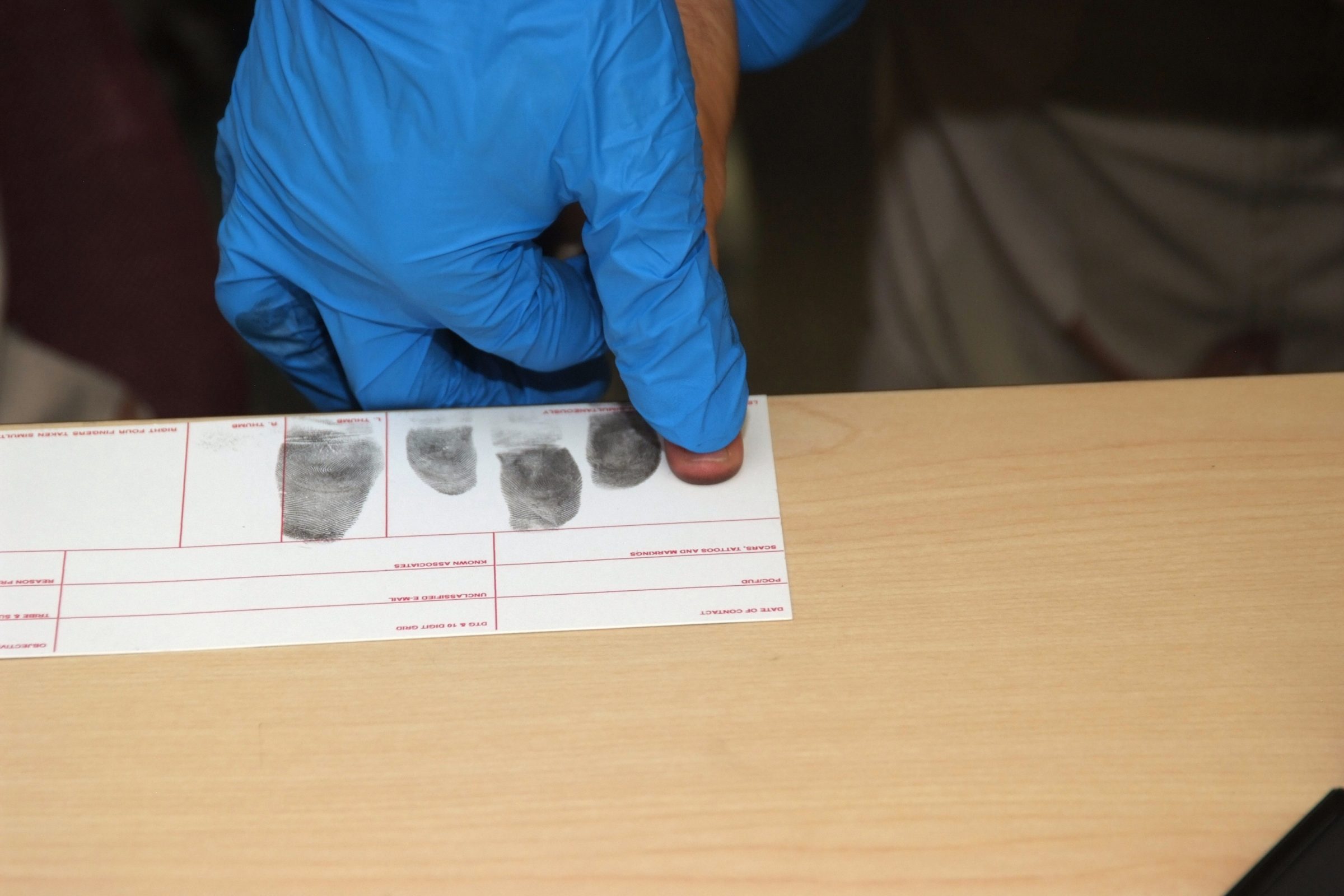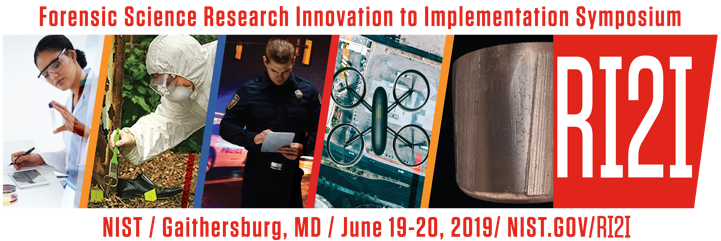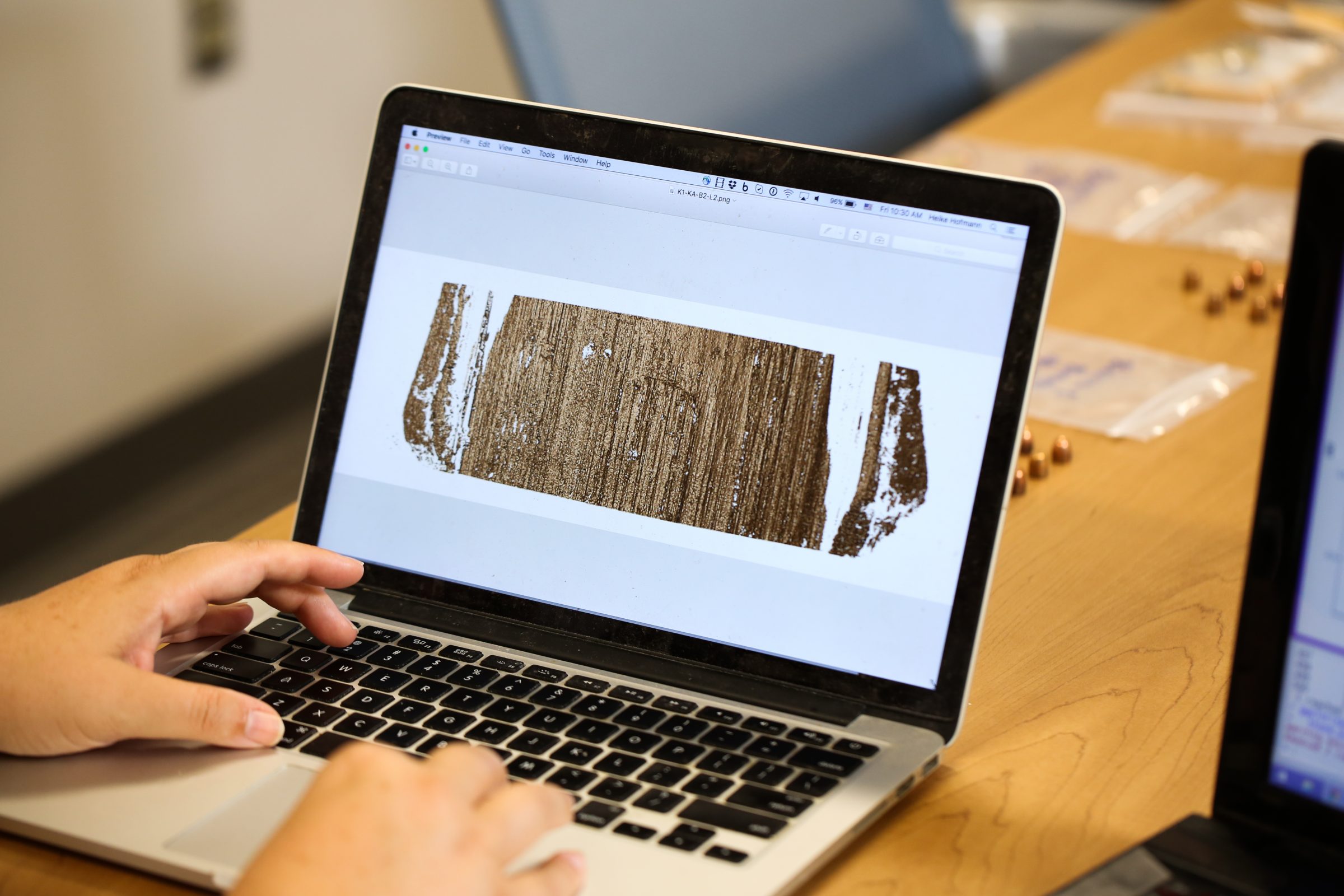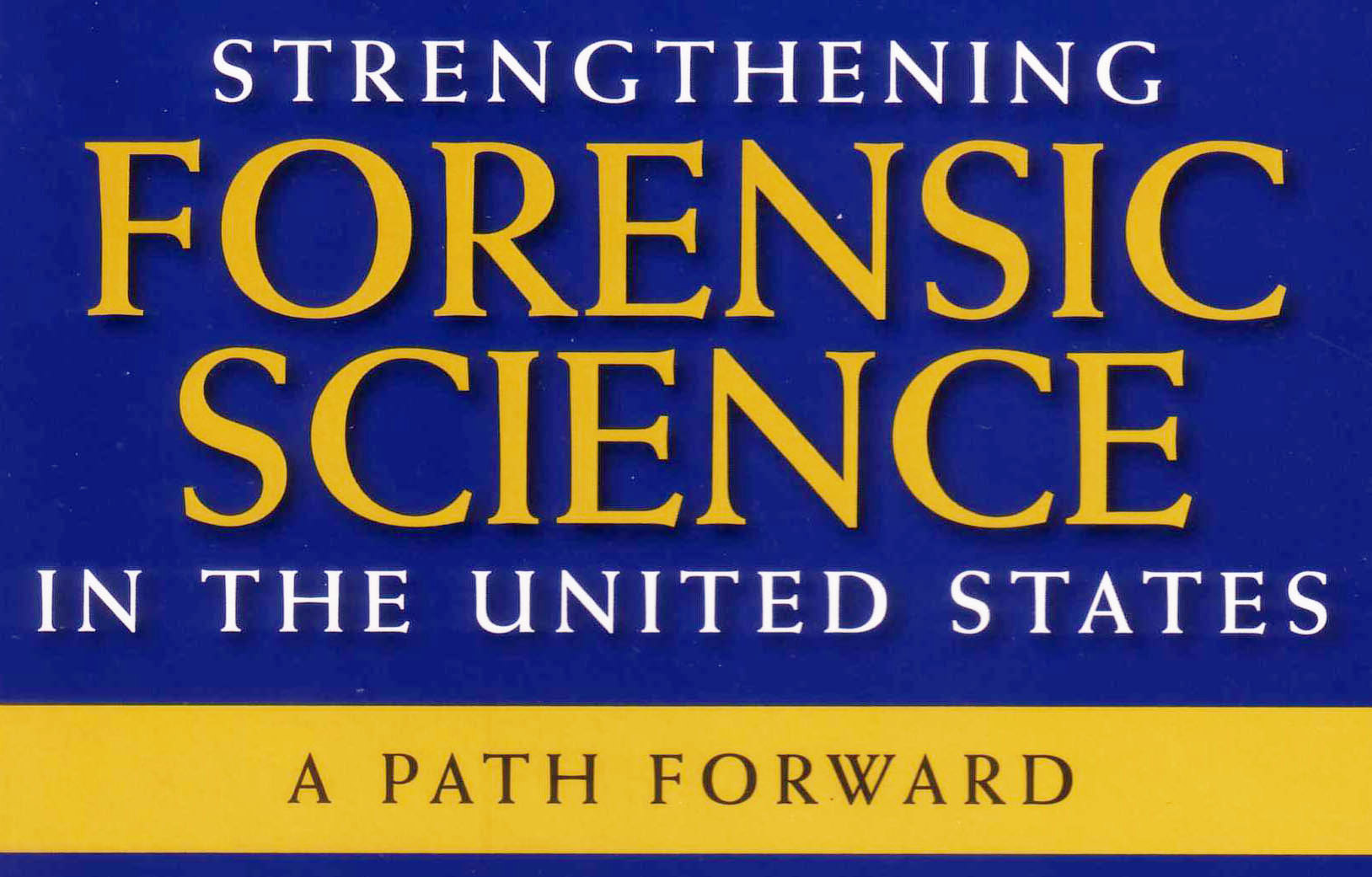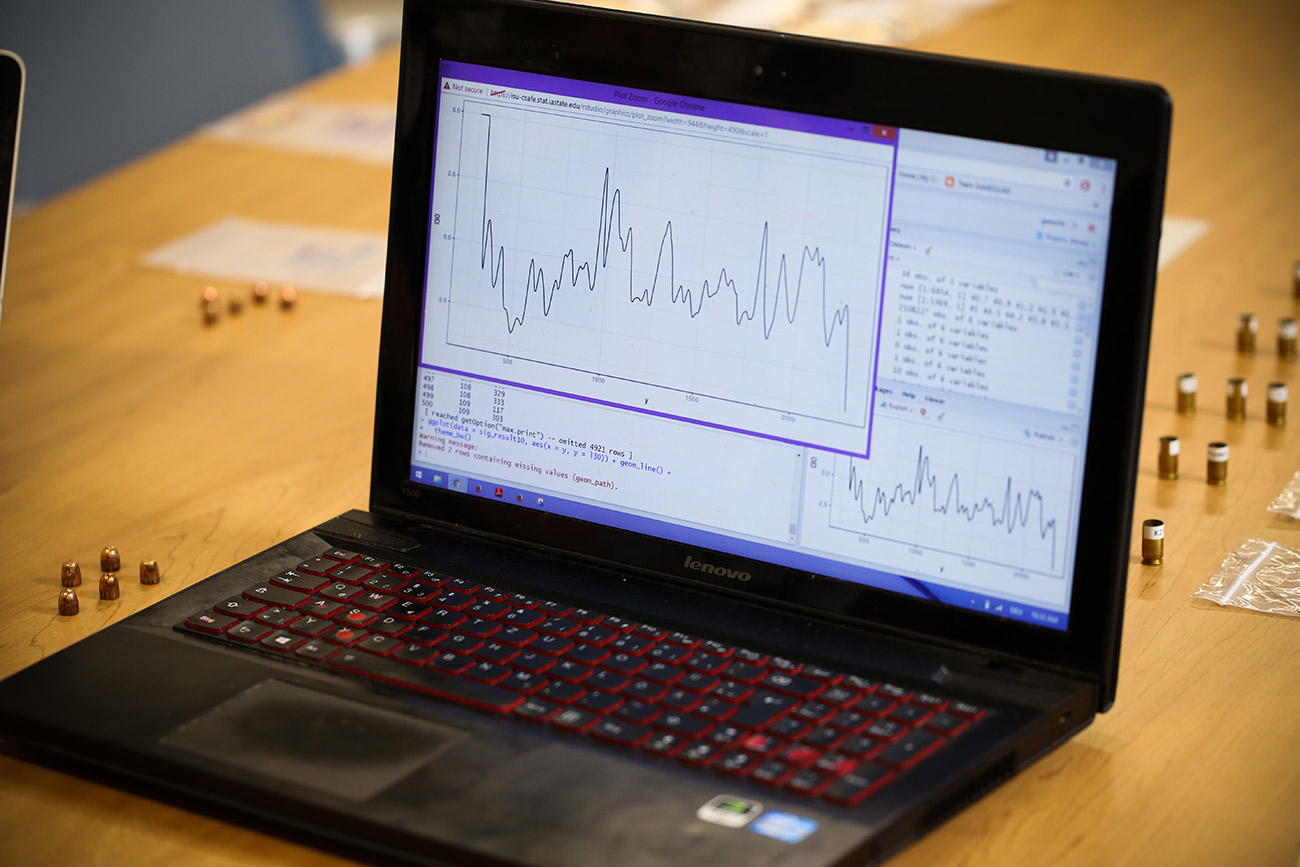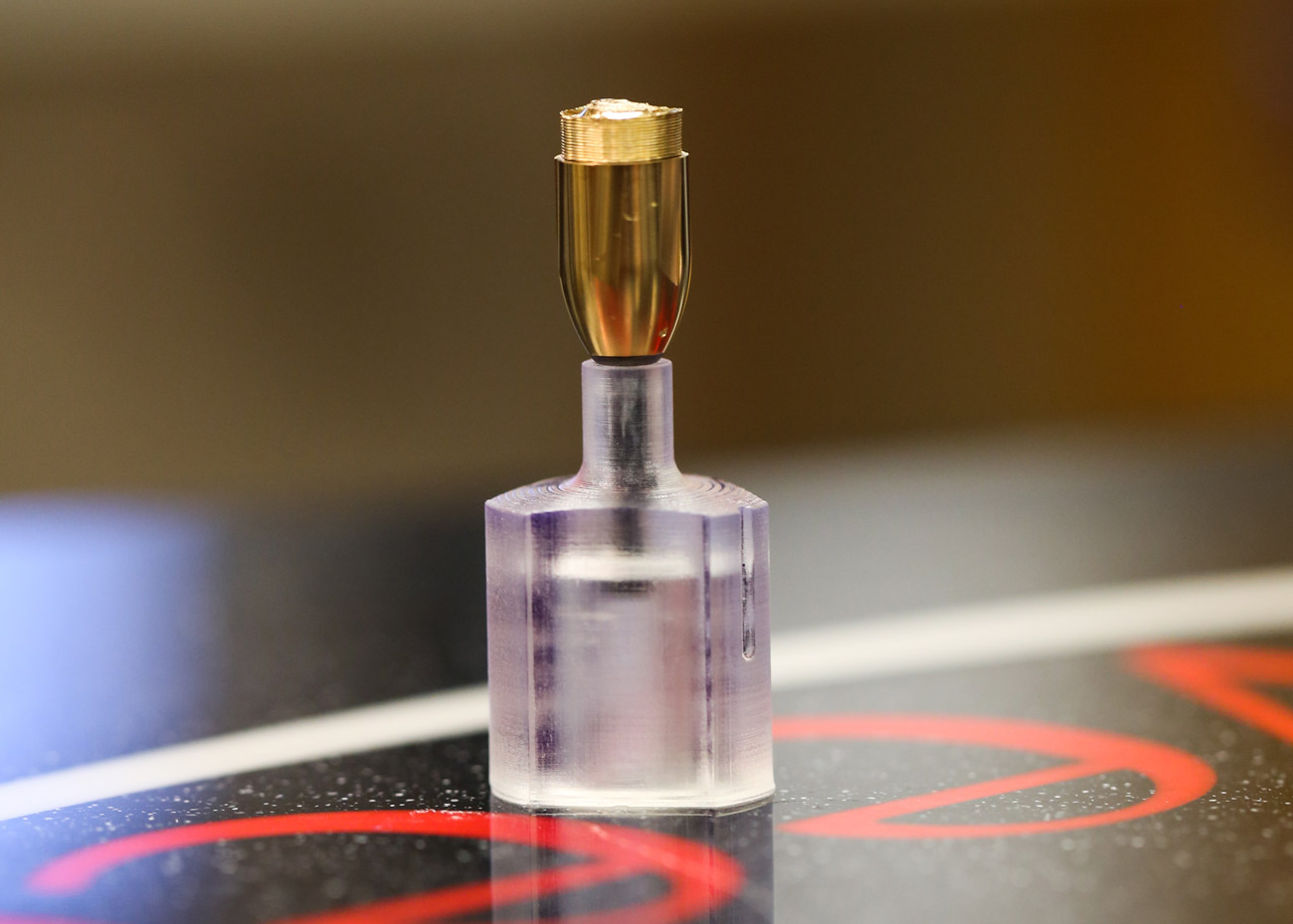Impactful research, policy, and teaching are the foundation of a new laboratory led by CSAFE Co-Director and leader in criminal justice outcomes from Duke University, Brandon Garrett.
Focusing on projects with a direct impact in North Carolina, the JustScience team seeks to engage with state and local government and community stakeholders to translate research into effective and practical policy. Garrett explains how JustScience Lab’s evidence-based work is making a difference in the field.
How does the JustScience Lab build mutually beneficial relationships with judicial and government officials?
The JustScience Lab sees research as a community service. We did not begin our work with a list of projects that we wanted to complete as researchers. Instead, we spent months reaching out to a wide range of community groups, policy groups, lawyers, lawmakers, and the courts, to listen and to ask how we could help.
We want to do work that fulfills needs and answer questions that the community found important. Every one of our projects has been driven, not by us, but by people in the community that urgently sought answers to pressing questions in criminal justice.
Why is it important that researchers don’t work in isolation, but instead partner with individuals working in criminal justice?
Lawyers can help to identify questions that matter to the legal system and solutions that are feasible in the legal system. Conversely, lawyers are often unfamiliar with scientific methods or the types of solutions that scientific research can bring. That is one of the strengths of collaborations like CSAFE – bringing scientists, lawyers, and practitioners together to solve complex justice system problems.
Why does criminal justice reform need an evidence-based approach driven by data?
Any scientific work must follow the data, but it is often a real challenge to collect data in the criminal justice system because the courts often do not have the funding. As researchers, we have to be willing to get our hands dirty and assist the government in collecting the kind of data that the public could benefit from.
There are some public problems, where data may not make a difference because people have strong normative views and their choices are not evidence-based. For several decades, crime policy in the U.S. has been based on a retributive mindset, grounded in a moral view. It was not primarily about the effectiveness of crime policy. Today, attitudes have changed and that makes data and analysis much more relevant.
In what ways does JustScience Lab research connect to CSAFE efforts in forensic science?
We have a common project of communication at the intersection of law and science – bringing data to criminal justice. In building connections with prosecutors, police, and courts, the work that we are doing in JustScience on criminal justice more broadly, can help us engage with those same stakeholders in CSAFE, as we focus on improving forensic science.
As CSAFE identifies new methods that can benefit the field, we will also have to work to educate legal actors and explain how to use these new tools. Collaborative groups like the JustScience Lab can help with those efforts as well.
How can research groups like CSAFE and JustScience Lab translate these new research-based methods into practice?
There is a need for support for research applied in real-world settings. Not only does research have to illuminate the precise nature of a problem, but there needs to be work done to educate practitioners and develop solutions that can be practically implemented in a cost-efficient way.
Patience is also important because the legal system can operate through the legislative process and through judicial precedent, both of which can move quite slowly. That said, in many areas like wrongful convictions, change has happened far more rapidly than many might have thought two decades ago.
The connection between science and criminal justice has never been more vital, and organizations like CSAFE and JustScience Lab are using a collaborative approach to produce important research in key forensic disciplines.
To learn more about the projects JustScience Lab is working on, review this Duke Law News Story or visit the JustScience Lab website.



